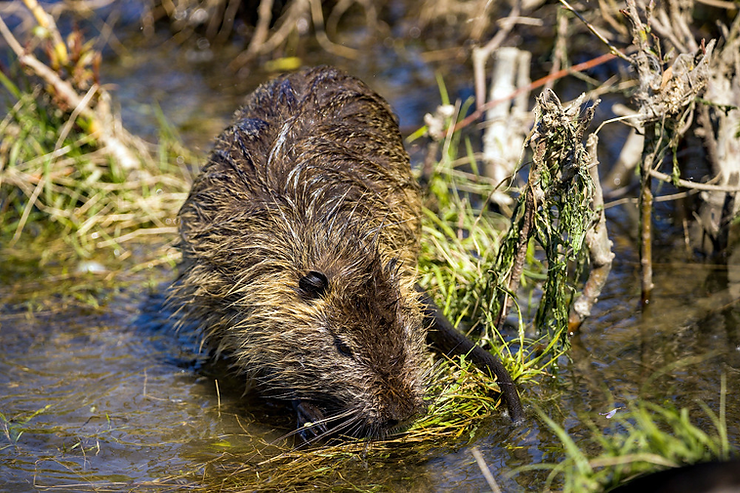
I remember long, long ago, when I attended elementary school, the bulletin boards in our classrooms would always depict the changing seasons. From September through November boards would be decorated with multi-colored leaves, Jack Frost on pumpkins, and sweaters and mittens hanging from string. December through February would be adorned with snow covered houses and fields, March with clouds blowing heavy winds, April’s spring showers and May’s spring flowers. However, as Bob Dylan said and is still true today, “times they are a changing”.
We can no longer count on what was once so familiar. Due to warmer temperatures we see crocuses, daffodils, and cherry blossoms blooming in mid to late February, followed by snow and freezing temperatures in late March. The plants (and animals) must be very confused! As gardeners we can try to maintain some semblance of order by making our yards more climate resilient through “rewilding”, a new conservation movement aimed at restoring and protecting natural processes and wilderness areas.
Read on to learn more about creating climate resilience in your own backyard through rewilding, and see how climate change is shifting our hardiness zones.
(Some of the links within this post are affiliate links on which I receive a small compensation from the sale of certain items with no extra cost to you.)
(As an Amazon Associate I earn from qualifying purchases.)
What is Climate Resilience?
As it pertains to gardening, climate resilience is the ability to recover from the effects of climate change by planting flowers, trees, and shrubs that are more adaptable to evolving climates. By adding more native plants that are naturally more hardy and require less maintenance, your garden will have a better shot of sustaining life, at least for now. Native plants help create natural habitats for pollinators and act as a buffer to rising temperatures and changing weather patterns. Climate resilience not only helps pollinators but also helps protect the future of people and other animals.
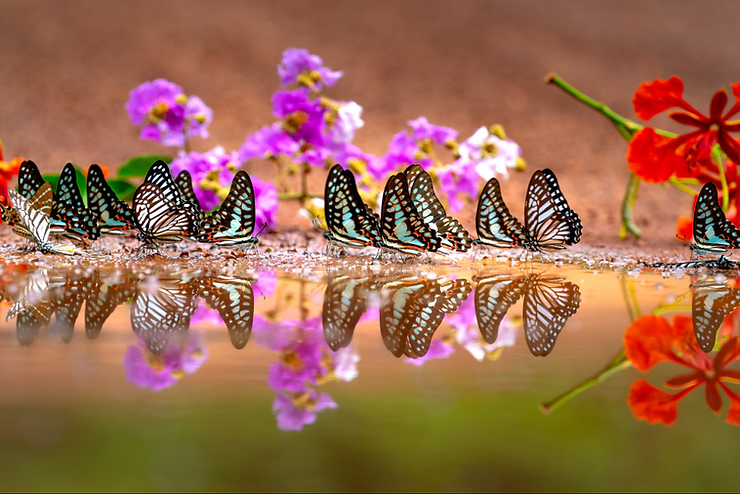
Shifting Native Plant Ranges/Hardiness Zones
Climate change has shifted what used to be average temperatures in various regions around the world. Relatively rapid changes in the freezing temperatures and the much hotter temperatures in peak summer have had a drastic effect on native plants. The USDA has defined native plants as “a part of the balance of nature that has developed over hundreds or thousands of years in a particular region or ecosystem.” This balance has been disrupted by these rapidly changing and more extreme temperatures. Without healthy native plants, our ecosystems will suffer.
Hardiness Zones
As a result of warming temperatures, the hardiness zones have shifted. According to the USDA a hardiness zone “is the standard by which gardeners and growers can determine which plants are most likely to thrive at a location”. A hardiness zone is created using 10 degree Fahrenheit gradients that illustrate average annual minimum winter temperatures.
According to Yale Environment 360, if the earth continues to warm at the same speed as it has been in the last decade, the lines will continue to march northward at a “climate velocity” of 13.3 miles per decade.
So what are we to do? Try rewilding!
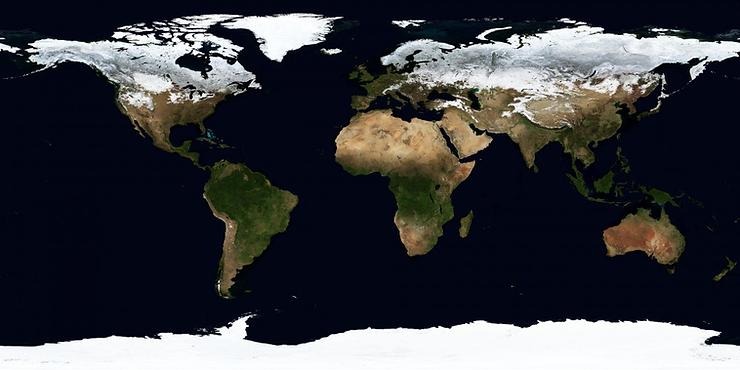
What is Rewilding?
According to Rebecca Wrigley a chief executive of Rewilding Britain, rewilding means “a large-scale restoration of ecosystems that reinstates natural processes to the point where nature can take care of itself, meaning everything from ensuring rivers are free-flowing to restoring ‘natural levels’ of herbivores and predators”.
The act of restoring natural processes, hence restoring the earth’s biodiversity, is based on three components. First, ensuring there are enough predators and decomposers throughout the food chain to sustain themselves. Second, make connections between ecosystems so they can easily move from one area to the next. And thirdly, allowing natural occurrences to occur such as floods and fires for wildlife to build resilience to these “natural disasters”. This allows for a balance of species so one doesn’t dominate the others.
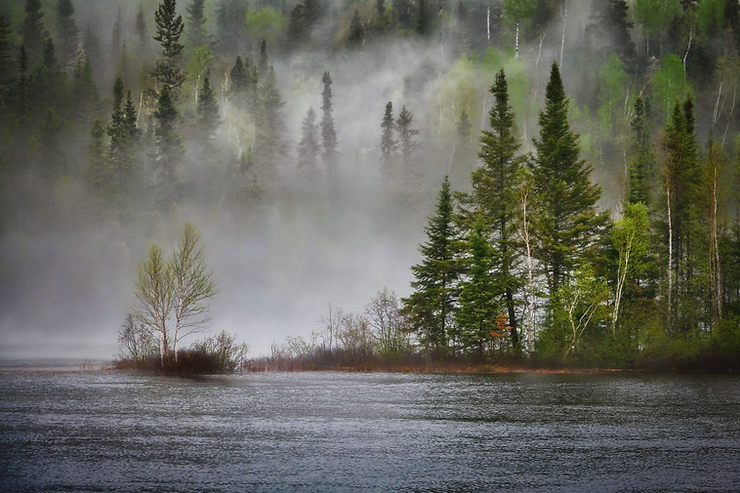
How to Rewild
On a large scale scientists have been performing long range experiments in nature to see whether rewilding can help restore ecosystems. Their results have been promising, however, some controversy exists. For example adding predators in and around grazing areas. Below are some techniques being implemented to accomplish this.
1. Bringing Back Animals
Reintroducing wild animals can help maintain balance and also help with natural disasters. For instance, reinstating large predators such as wolves will help balance deer populations. Introducing beavers to creeks and rivers will naturally create dams to prevent flooding.
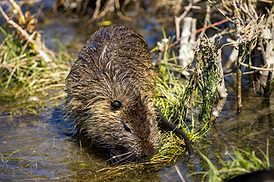
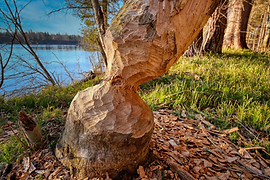
2. Planting Trees
Vegetation absorbs carbon. Excessive carbon dioxide in the air creates a greenhouse effect, which traps the heat in the atmosphere causing rising air temperatures. Rising temperatures create shifts in weather patterns causing extreme weather such as droughts and larger and stronger storms (hurricanes/typhoons/blizzards, etc.).
Planting trees throughout cities helps reduce rising temperatures in urban areas. In more rural areas, it’s best to allow for natural reseeding of trees to occur. This will promote diversity in species which maintains balance in ecosystems.
Read more about planting trees and climate change here.
3. Scattering Native Wildflower Seeds
Again, vegetation absorbs carbon from the air. Many places have opted to scatter wildflower seeds along highways and in fields. This will not only restore the natural flora but also the natural fauna including pollinating insects which are crucial to agriculture.
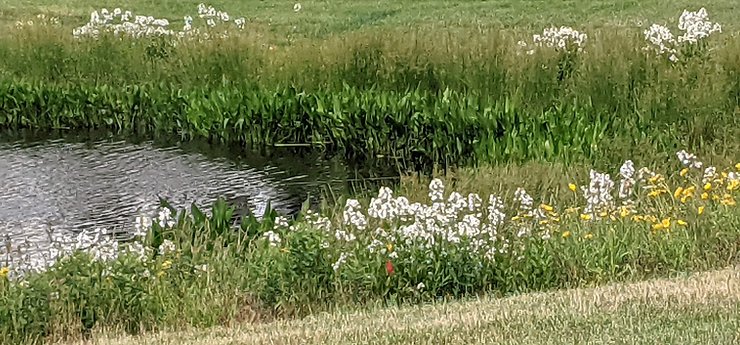
For an in depth discussion of rewilding, click here from BBC Science Focus.
Watch this YouTube video about how scientists successfully “rewilded” a “dead” island off the coast of Antigua. The islands name is called Redonda Island part of Antigua and Barbuda.
Rewilding and Everyday Gardeners
You’re probably wondering how, as a typical gardener, you can help ecosystems return back to their natural state.
By following some of the suggestions below we can help reduce carbon, moderate temperatures in urban areas, create habitats for pollinators, and encourage movement between patches of habitats through connecting them in our communities. This is only one aspect of how we can help, but every little bit helps.
1. Native Plants
Native plants create natural ecosystems for your area. Click here to find specific plants for your location. Shop from local nurseries that sell naturally occurring plants rather than from big box stores. Big box stores import exotic plants from throughout the world that, if planted, will not help maintain native ecosystems.
2. Wildflower Garden
If you have some land that is covered with grass, till the grass under and scatter wildflower seeds that are native to your area. You’ll have constant color and will not have the burden of maintaining a lawn.
Purchase Seed Packs From SeedsNow
3. Local Species of Milkweed
Butterflies feed on milkweed. They also lay their eggs on it. Be sure to purchase local milkweed and do not cut down the stalks in the fall or early spring. The stalks may contain eggs that will form into crysali and then butterflies. It also provides food for the emerging butterfly.
4. Fill Patio and Balcony Boxes and Pots With Native Plants
If you do not have a large plot of land to work with, adorn your pots with native plants. You will be amazed at how many pollinators, including hummingbirds, you will attract. Remember, hummingbirds like tubular flowers into which they can tuck their long beaks to suck out the nectar.
5. Native Grasses
According to Openlands, “native grasses have deep roots that make them drought-resistant, reduce soil erosion and flooding, filter pollutants from groundwater, and increase rainwater infiltration”. They also store carbon in their roots after absorbing it from the air.
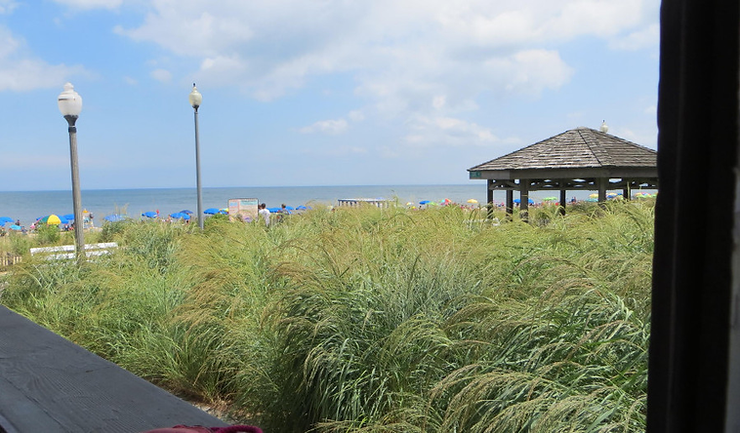
6. Incorporate Native Trees Into Your Property
This helps your property become more resilient to floods since they have long tap roots that absorb water and will not blow over easily in wind storms.
7. Avoid Using Weed Killers That Include Glyphosate
The herbicide glyphosate is an active ingredient found in many weed killers. According to drugwatch.com interaction with this ingredient may lead to certain cancers such as non-Hodgkin lymphoma. In addition to cancer and, depending on the amount and duration of time you were exposed to this herbicide, other health issues may manifest such as asthma, respiratory irritation and vomiting.
While the focus of the articles accessible through these links is on the adverse health effects of glyphosate, it would seem likely that this herbicide may also have adverse effects on soil, plant germination, and other animal/insect species such as pollinators.
There are many alternative organic products available on the market that are both safe for the consumer, animals, and birds. Try using Natural Armor Weed and Grass Killer All Natural Concentrated formula from Amazon. Using homemade products containing vinegar and essential oils is also another option.
For a more in-depth study on glyphosate, click glyphosate from drugwatch.
The Possible Problem with Roundup
Roundup, a commonly used chemical to kill weeds, contains glyphosate. “The World Health Organization’s International Agency for Research on Cancer concluded glyphosate is “probably carcinogenic,” but the U.S. Environmental Protection Agency maintains more evidence is needed.”
For more information on the contents of Roundup and other products that contain glyphosate, click here from Consumer Notice.
In addition, Roundup has been banned in other countries but not in the United States. “It’s one of the most commonly used herbicides in the country, primarily for weed control. This includes crops such as corn, soybeans, wheat and cotton, as well as residential areas, parks and golf courses.” To enlighten yourself on the use of Roundup in the United States, click here from Consumer Notice.
Plants That, if Native to Your Area, Make Your Yard More Climate Resilient
1. Indian Grass
This native grass is deep rooted and will help prevent run off and erosion. It can grow to 7 feet tall and can be used as a natural fence. It is also drought resistant. It is a prolific reseeder, so only plant it where it has room to spread.
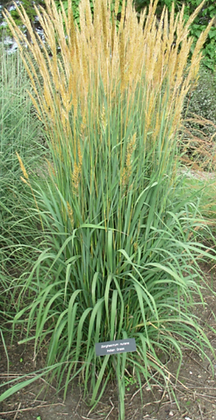
2. Asters
Asters come in a variety of colors and add a beautiful pop of color in the fall to any native garden. When finished blooming, birds will feed on their seeds. Asters draw many pollinators.
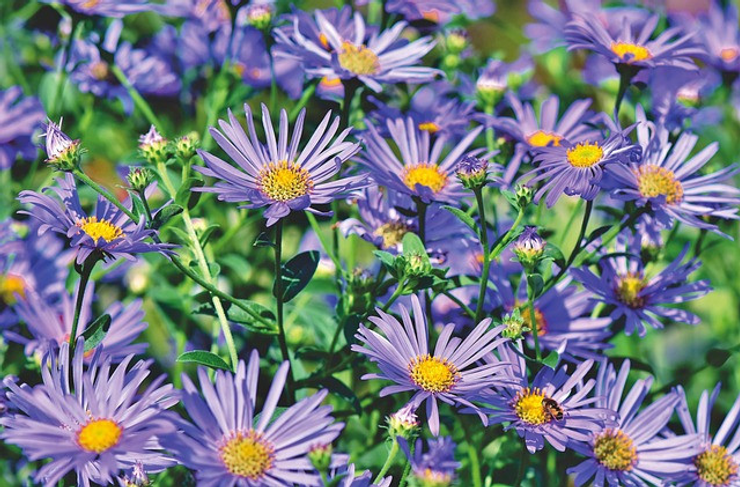
3. Hackberry Trees
These trees are a forgotten species that grow in a wide range of climates. They usually grow east of the Rocky Mountains from as far north as Canada to as far south as Florida. Hackberry trees are pollution and wind resilient. The Hackberry is a good tree to grow in urban areas. It is also drought tolerant.
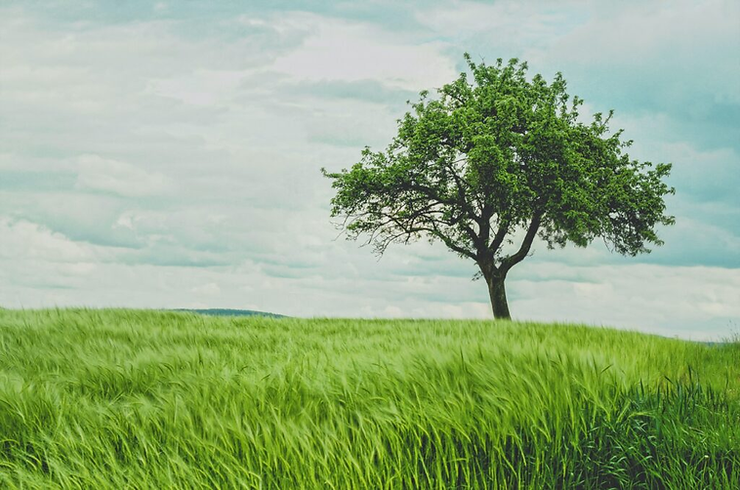
4. Milkweed
These deep rooted plants help prevent erosion, soak in carbon and are drought and deer resistant. They are also a miracle food for butterflies.
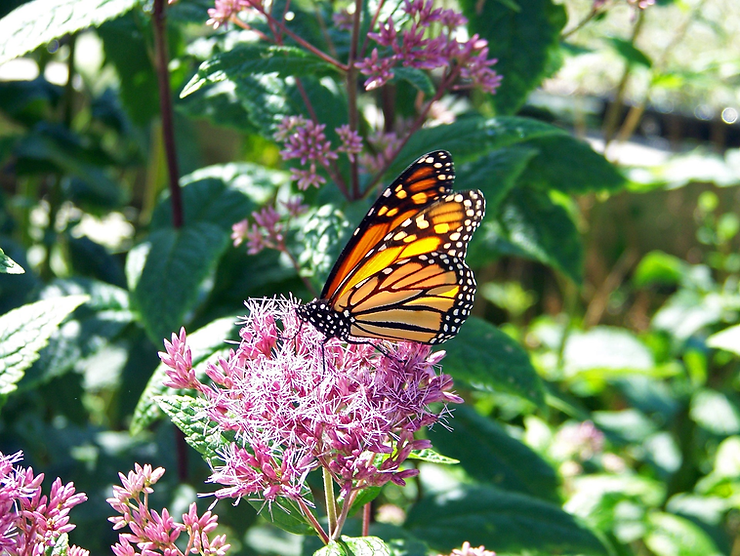
Milkweed/Caution, Milkweed can cause serious poisoning!
5. Oak Trees
Oak trees are considered climate warriors because they soak in carbon dioxide, store it in the roots (which are extremely deep tap roots), and give off plenty of oxygen into the atmosphere.
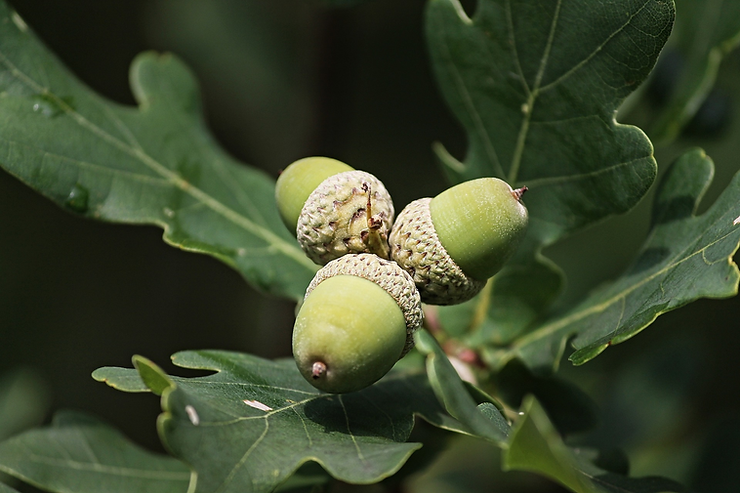
Final Thoughts: Climate Resilience, Shifting Hardiness Zones, and Rewilding
I know all of the information out there can be rather scary. One could just throw up their hands and say “why care?” But with each new report comes new knowledge. Look at how far we’ve come with technology, prosthetics, and medical advances with imaging and immunotherapy. With knowledge comes progress. When there is a problem, people tend to find answers.
So don’t give up. I hope you take to heart the information in this post and implement some of the suggestions. Also, encourage others to be more proactive. Remember, one small action can have a domino effect which can grow exponentially.
I hope you enjoyed this post and will share it with others! Please leave a comment below, I’d love to hear from you.
Happy Gardening!
Nina

